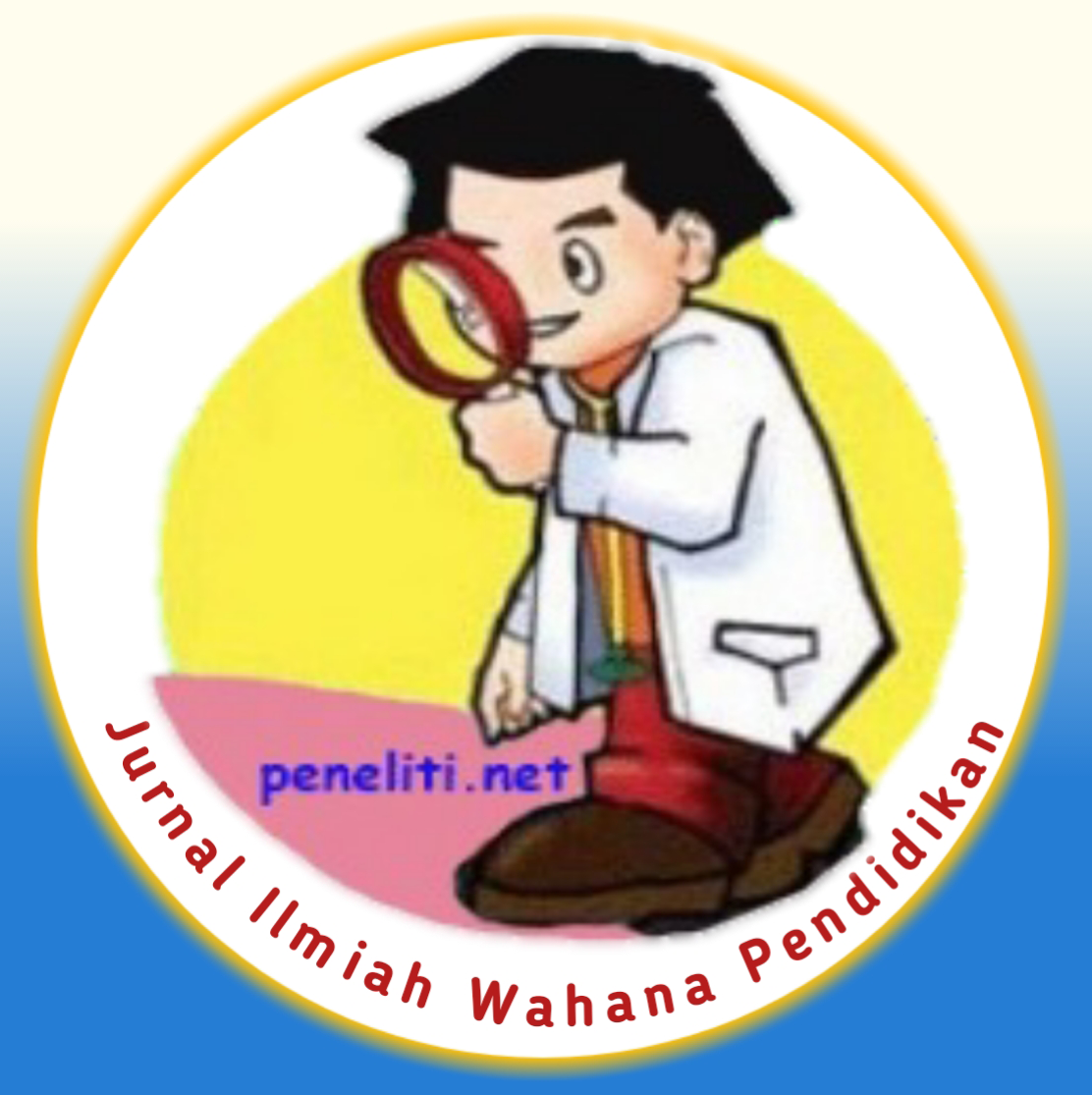Dominant Factor Affecting Mental Health In Adolescents At SMAN 2 Tuban
Abstract
Mental health in adolescents is something that needs attention because adolescence is a transition period from childhood to early adolescence which is very unstable from a mental and emotional perspective so that it can interfere with learning while at school. The environment is one of the factors that influence it, namely the family, school, and peer environment, because the relationship between humans and the environment can be a driving force in life that can be used to improve health and daily activities. The aim of this research is to analyze the dominant factors of mental health in adolescents.
The research design uses Analytics with a cross-sectional approach. The population in the study was adolescents from all 10th grades of SMAN 2 Tuban, totaling 287. The sampling technique used is purposive sampling. The instrument in this study is a questionnaire.
This research shows that school environmental factors are the most dominant factors influencing mental health in adolescents.
The school environment is the second place after the family which functions to educate and assist in the formation of adolescent character. With school regulations, teenagers will always obey the rules that apply wherever they are, while the school habit of wearing school uniforms according to the schedule also helps teenagers to be disciplined, there is teacher guidance that helps teenagers with counseling about problems at school, homework, and even discussing feelings. disturbing emotions during the lesson.
References
Wibowo, M. E. (2019). Konseling Kelompok Perkembangan. In Revisi. Grasindo.
Handayani, T., Ayubi, D., & Anshari, D. (2020). Literasi Kesehatan Mental Orang Dewasa dan Penggunaan Pelayanan Kesehatan Mental. Perilaku Dan Promosi Kesehatan: Indonesian Journal of Health Promotion and Behavior, 2(1), 9. https://doi.org/10.47034/ppk.v2i1.3905
Santrock, J. W. (2012). Life - Span Development, Perkembangan Masa Hidup (Edisi Ketigabelas) Jilid I. Jakarta: Erlangga.
Kesehatan Badan Penelitian dan Pengembangan Kesehatan Puslitbang Humaniora dan Manajemen Kesehatan, K. R. (2018). Hasil Utama Riskesdas 2018 Provinsi Jawa Timur. 1–82.
WHO. (2012). World Health Statistics 2012. World Health Statistics 2012 (Vol. 27). https://doi.org/10.2307/3348165
Palupi, D. N., Ririanty, M., & Nafikadini, I. (2019). Karakteristik keluarga ODGJ dan kepesertaan JKN hubungannya dengan tindakan pencarian pengobatan bagi ODGJ. Jurnal Kesehatan,7(2), https://doi.org/10.25047/j-82–92.kes.v7i2.81Rickwood,
Jahja, Y. (2011). Pustaka Indo.Blogspot.Com.
Sarwono, S. W. (2004). Psikologi Remaja. Rajawali Pers.
Hurlock, E. B. (2002). Psikologi Perkembangan : Suatu Pendekatan Sepanjang Rentang Kehidupan. Jakarta: Penerbit Erlangga.
Eliana Sari. (2019). Manajemen Lingkungan Pendidikan. Journal Of Chemical Information And Modeling, 53(9), 158.
Oktaviani, V. J. E. (2018). Hubungan Dukungan Sosial Di Lingkungan Sekolah Dengan Masalah Mental Emosional Pada Anak Usia Sekolah. Jom Fkp, 5(2), 307–317.
Simanjuntak, L. E., & Indrawati, E. S. (2019). Hubungan Antara Dukungan Sosial Teman Sebaya Dengan Harga Diri Pada Siswi Kelas XII SMA Kristen. Universitas Diponegoro.
Kholifah N, Sodikin S. Hubungan pola asuh orang tua dan lingkungan teman sebaya dengan masalah mental emosional remaja di SMP N 2 Sokaraja. J Keperawatan Muhammadiyah. 2020;5(2).
Kementrian Kesehatan Ri. 2018. Profil Kesehatan Indonesia 2017. Jakarta: Kemenkes Ri.
Slameto. 2013. Belajar dan Faktor-faktor yang mempengaruhinya. Jakarta: Rineka Cipta




